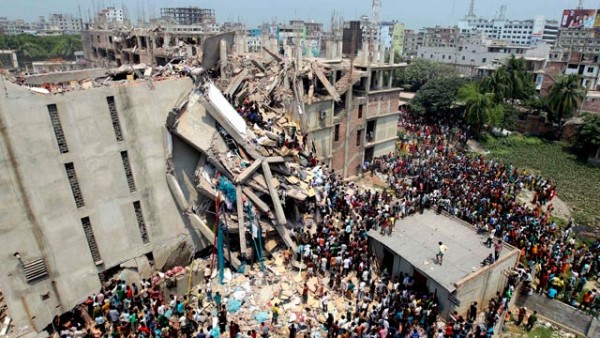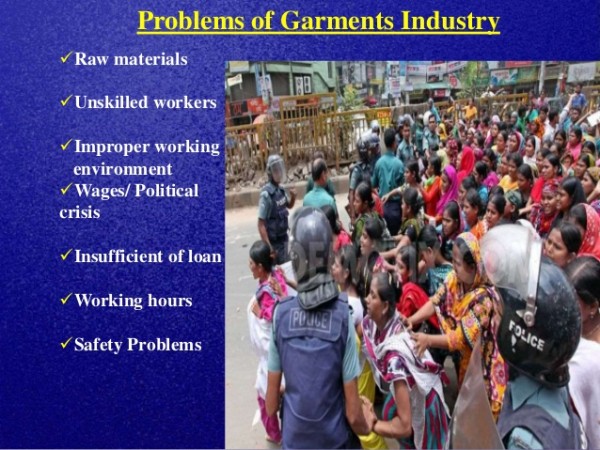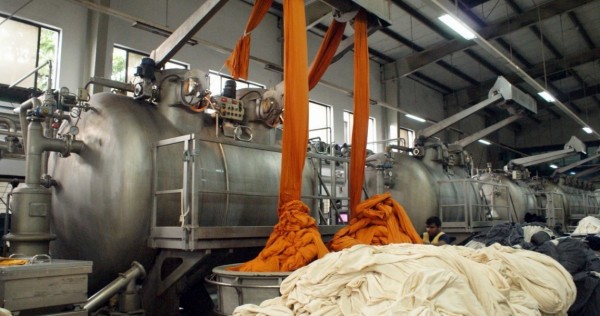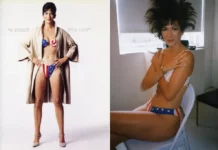
No matter how we look at it, clothes are very important in our lives. In fact, it is one of the basic necessities of life which keeps us from shame, and protects us from the weather.
However, despite these advantages and satisfactions we get from the product, there are some critical and important issues concerning the production process of the product which need serious attention from us.
Therefore, to address these issues, the Take Part in collaboration with the American clothing designer and founder of the women’s clothing brand, Eileen Fisher has released a documentary aimed at exposing some of the problems at the factories where the clothes are first manufactured, before being exported to Western Countries.
The documentary is entitled the True Cost, and the primary theme of the film is about who really pays the price of the many fashions of clothes that we see all around us. Generally speaking, the film is about the clothes we wear, the people who make them, and the impact the industry is having on our world.
The film was directed by Andrew Morgan, and some people who have watched it testify that it is a groundbreaking independent documentary film that pulls back the curtain on the untold story and asks us to consider who really pays the price for our clothing.
In Bangladesh, the textile and clothing industry is said to be the single source of economic growth in the country. It is the principal source of foreign exchange earnings for the developing country. In 2013, it was estimated that about 4 million people, mostly women, worked in the industry. It generates an annual income of approximately $19 billion for the country.
Bangladesh is second only to China, the world’s second-largest apparel exporter of western brands. Almost 60% percent of the export contracts of western brands are with European buyers and about 40% with American buyers.
Apart from the textile industry in the country earning bad reputation such as shirking custom duties, evading corporate taxes, remaining absent in capital markets, and avoiding social projects such as education, healthcare among others, the industry does not even see to the welfare of its workers. And the worst affected are women since they constitute majority of the workforce.
The Bangladesh Garment Manufacturers and Exporters Association has announced plans in the past to expel 850 factories from its membership due to noncompliance with safety and labor standards.
Five deadly incidents in November 2012 through to May 2013 brought workers’ safety and labor violations in the country to the world attention, putting pressure on big global clothing brands such as Nike and others to use their economic power to call for changes on safety standards and how employees are treated.
The collapse of the Savar building killed 1,129 people, as well as injuring many others. Based on the Bangladesh Bureau of Statistics Labor Force Survey, there were about 5.7 million children engaging in child labor in the industry.
The industry has also been subjecting the environment to many dangers. Huge factory plants pollute the environment. Chemical wastes are also discharged into river bodies, polluting them and putting many lives in danger.
Fisher said the film will serve as a catalyst for change, after watching it. And that is why her company has teamed up with the filmmakers and some media outlets to raise awareness around these issues.
However, we cannot leave all the burden of spreading the message to Fisher and the filmmakers alone. Let us add our voice. Let us join hands to say no to this exploitation. It is human lives that are paying dearly, while the few people who own the industry benefit.
You want to support Anonymous Independent & Investigative News? Please, follow us on Twitter: Follow @AnonymousNewsHQ
This Article (The Horrific Story Of The Textile Industry In Bangladesh [Video]) is free and open source. You have permission to republish this article under a Creative Commons license with attribution to the author and AnonHQ.com.








Respected friends,
I wished to change the perspective of these textile industries . I had started something with my New York friends ; though most of the investors are not interested about workers issues , but i am trying my best to get enough fund to start game changing in Bangladesh garments sectors.
Any co-operation, suggestion or advice from anyone will be gladly accepted.
Regards,
Babu Mia
[email protected]
Hi! I am a Bangladeshi. This great work seems to be pious. But have you give a thought that USA may not grant resuming its GSP facility on the basis of this documentary? Have you thought that international climate subsidy which is already very tough to secure may be tougher for countries like bangladesh on the basis of this sort of documentary?
I have every respect for the people behind this movie. I just wanted to express my concerns for my country.
Hi
The second photo of a man and woman (2nd photo after 2nd video) is not from Bangladesh. That photo is from Nepal taken of a collapsed building after the deadly earthquake that hit the country back in April. Rest the issue is very serious matter.
Thank you